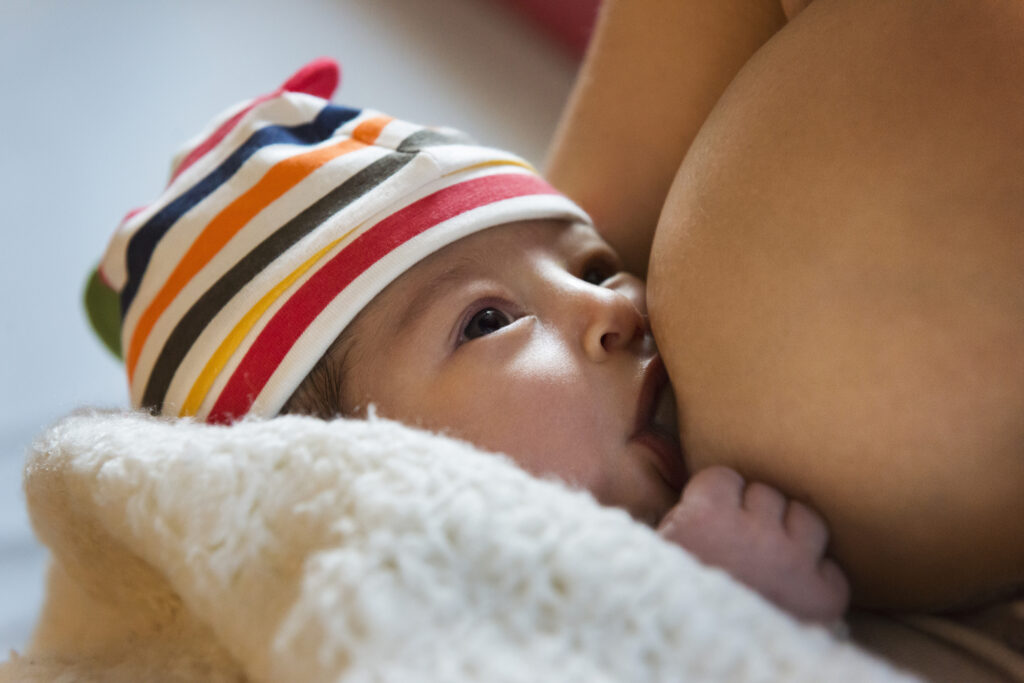Medical research is usually initiated by doctors and scientists working in hospitals and laboratories. But sometimes, patient input can spur new discoveries. That was the case with a study published in the journal Cancer Discovery, which has uncovered what appears to be a new method for early breast cancer diagnosis.
The Study
The idea for the study began when a who was diagnosed with breast cancer while pregnant with her third daughter became concerned that she could pass the illness to her daughter through breast milk. “The patient,” says study author Cristina Saura, MD, PhD, of Vall d’Hebron University Hospital in Barcelona, Spain, “brought us a sample of breast milk that she had stored in her freezer. So, thanks to her, that’s where our project started.”
While Saura and her colleagues already knew that breast cancer can’t be transmitted through breast milk, they decided to analyze the sample anyway, to search for markers that might contribute to their ongoing research. “And indeed,” says Saura, “when we analyzed the patient’s breast milk, we found DNA with the same mutation that was present in her tumor. The breast milk had been frozen more than a year before the patient’s cancer diagnosis.”
Encouraged by the results, Saura’s team then collected and analyzed breast milk and blood samples from 15 breast cancer patients diagnosed during pregnancy or postpartum, and 12 healthy women who were breastfeeding. “We were able to detect mutations which were present in the tumors of patients with breast cancer in the samples of breast milk of 13 of the 15 patients analyzed,” says Ana Vivancos, PhD, another of the study’s authors. “Whereas, in the blood samples collected at the same time, [tumor mutation] was only detected in one of them”.
These results, says Saura, show that not only does breast milk contain sufficient cancer tumor DNA to be detected by liquid biopsy, but that this DNA “can be detected even before breast cancer can be diagnosed using conventional imaging.”
Conclusions
Saura’s hope is that these results lead to a new method of early breast cancer detection in the postpartum period. “Our results open the door to the future use of breast milk as a new source of liquid biopsy for the early detection of breast cancer in the postpartum period using a non-invasive technique,” she says. “In the same way that a heel prick is performed on all newborns, collecting a breast milk sample from all women after birth for breast cancer screening could also be considered.”
The next step, says Saura, is to replicate these results on a wider scale. To that end, the researchers propose collecting study breast milk samples from 5,000 healthy women worldwide who became pregnant at 40 years of age or older, or from women of any age who carry a genetic risk of breast cancer.
“Before this technique can be put into practice, these results need to be confirmed in a larger number of patients,” says Saura. “But the results published to date are encouraging for the early diagnosis of breast cancer in a particularly sensitive population of young women and mothers. The best way to continue to increase the survival and cure of breast cancer patients is to detect it as early as possible and this is a new strategy that could greatly help us in this regard.”






